CJC-1295
$38.00 – $318.00Price range: $38.00 through $318.00
High-purity CJC-1295, a modified GHRH (1-29) analogue, for laboratory research. Investigated for its ability to stimulate natural, pulsatile growth hormone release.
COA CJC1295-Ipamorelin-GHRP-2-Blend Certificate
CJC 1295 Ipamorelin is a synergistic peptide blend designed to stimulate natural growth hormone production for enhanced recovery, fat loss, muscle growth, and overall vitality. This powerful combination unites CJC 1295, a growth hormone-releasing hormone (GHRH) analog, with Ipamorelin, a growth hormone-releasing peptide (GHRP), creating a dual-action formula that optimizes the release and longevity of growth hormone pulses in the body.
CJC 1295 promotes sustained GH release by increasing the half-life of growth hormone secretion, while Ipamorelin provides a fast-acting trigger for growth hormone production without stimulating hunger or affecting cortisol and prolactin levels. Together, they offer a balanced, effective, and well-tolerated solution for those seeking improved sleep, lean muscle development, reduced body fat, and anti-aging benefits.
HPLC CJC1295, Ipamorelin, GHRP-2 (Blend)Certificate

Ipamorelin
Ipamorelin is a highly selective growth hormone-releasing peptide (GHRP) known for its effectiveness in naturally boosting the body’s growth hormone (GH) levels. Unlike earlier GHRPs, Ipamorelin offers a clean and targeted stimulation of GH release without significantly affecting cortisol, prolactin, or hunger hormones, making it one of the most well-tolerated and reliable peptides for performance enhancement and anti-aging therapy.
By mimicking the action of ghrelin, Ipamorelin binds to the ghrelin receptor (GHS-R) in the pituitary gland, triggering a potent yet controlled release of GH. This promotes muscle growth, fat reduction, improved recovery, enhanced sleep quality, and better skin elasticity — all without the typical side effects associated with synthetic hormone use.
MS CJC1295, Ipamorelin, GHRP-2 (Blend)Certificate

CJC-1295 is a synthetic peptide analogue of Growth Hormone-Releasing Hormone (GHRH). It is a modified version of the first 29 amino acids of human GHRH, a sequence also known as Sermorelin or GRF (1-29). The modifications in CJC-1295 are designed to significantly increase its stability and half-life in the body compared to natural GHRH or Sermorelin, which are degraded very rapidly.
There are two primary forms of this peptide used in research:
- CJC-1295 without DAC (also known as Modified GRF 1-29): This version has a half-life of about 30 minutes, providing a short but effective pulse of GH release.
- CJC-1295 with DAC (Drug Affinity Complex): This version includes a lysine residue linked to a maleimidoproprionic acid group, which allows the peptide to covalently bind to albumin in the bloodstream. This modification dramatically extends its half-life to several days, allowing for a sustained elevation of GH and IGF-1 levels with less frequent administration.
Primary Uses and Potential Benefits in a Research Context
The primary use of CJC-1295 in research is to study the effects of increased endogenous growth hormone (GH) and Insulin-like Growth Factor-1 (IGF-1) secretion. By stimulating the body’s own pituitary gland, it provides a more natural, pulsatile pattern of GH release compared to the direct injection of synthetic HGH.
Potential benefits investigated in research settings include:
- Increased Lean Body Mass: Elevated GH and IGF-1 levels enhance protein synthesis and promote the growth of lean muscle tissue (hypertrophy).
- Fat Loss (Lipolysis): GH mobilizes stored fat from adipose tissue and increases the utilization of fatty acids for energy, leading to improvements in body composition.
- Improved Sleep Quality: GHRH is known to play a role in regulating sleep cycles. Studies have shown that GHRH activity can increase slow-wave sleep, which is the deepest and most restorative stage of sleep. This is also when the body’s natural GH secretion peaks.
- Enhanced Recovery and Tissue Repair: By increasing cellular replication and collagen synthesis, elevated GH levels may facilitate recovery from injury and exercise.
- Anti-Aging Research: As natural GH levels decline with age, GHRH analogues like CJC-1295 are used to study the potential mitigation of age-related changes in body composition, skin elasticity, and energy levels.
How it Works (Mechanism of Action)
CJC-1295 functions by mimicking the action of the body’s natural Growth Hormone-Releasing Hormone. Upon administration, it travels to the anterior pituitary gland and binds to GHRH receptors (GHRHr) on the surface of somatotroph cells. This binding stimulates the synthesis and release of endogenous growth hormone into the bloodstream in a pulsatile manner, which closely resembles the body’s natural physiological rhythm.
The released GH then travels to the liver and other tissues, where it stimulates the production of Insulin-like Growth Factor-1 (IGF-1). It is primarily IGF-1 that mediates most of the anabolic (muscle-building) and regenerative effects associated with GH. A key advantage of this mechanism is that it operates within the body’s natural feedback loops. The release of GH is still regulated by somatostatin, which prevents excessive and uncontrolled levels of GH, making it a potentially safer research alternative to exogenous HGH administration.
Potential Side Effects in Research Studies
CJC-1295 is generally well-tolerated in research settings, with side effects that are typically mild and transient. The side effects are primarily related to the stimulation of GH release.
Potential side effects may include:
- Injection Site Reactions: Redness, pain, itching, or swelling at the injection site are the most common side effects.
- Water Retention (Edema): Increased GH levels can cause temporary fluid retention.
- Headache and Dizziness: Some individuals may experience transient headaches or dizziness.
- Flushing Sensation: A temporary feeling of warmth or flushing may occur shortly after administration.
- Increased Appetite: This can be a direct effect of GH release.
Serious side effects are rare but could include changes in blood sugar levels or allergic reactions. Unlike some other secretagogues, CJC-1295 does not significantly elevate levels of cortisol or prolactin, which is a favorable characteristic for long-term research.
Frequently Asked Questions (FAQs)
- What is the difference between CJC-1295 with and without DAC? The primary difference is the half-life. CJC-1295 without DAC (Mod GRF 1-29) has a short half-life (~30 minutes) and creates a sharp pulse of GH. CJC-1295 with DAC has a very long half-life (several days) and provides a sustained elevation of GH levels, referred to as a “GH bleed”.
- Is CJC-1295 the same as HGH? CJC-1295 is a GHRH analogue that stimulates the pituitary gland to produce its own growth hormone. HGH (Somatropin) is a direct, synthetic replacement for growth hormone itself. The former promotes natural, pulsatile release, while the latter provides a large, exogenous dose.
- Why is CJC-1295 often combined with Ipamorelin in research? CJC-1295 (a GHRH analogue) and Ipamorelin (a GHRP) act on different receptors in the pituitary gland. When used together, they create a powerful synergistic effect, leading to a much larger release of GH than either peptide could achieve on its own.
- Does CJC-1295 shut down natural GH production? No, because it works by stimulating the natural GHRH pathway, it does not suppress the body’s ability to produce growth hormone. The release remains subject to the body’s negative feedback mechanisms, such as regulation by somatostatin.
| weight | 10mg, 20mg, 10mg*10vials/box, 20mg*10vials/box |
|---|
Be the first to review “CJC-1295” Cancel reply
Related products
Peptide
Peptide
Peptide
Peptides
Peptide
Peptides
Peptides
Peptide

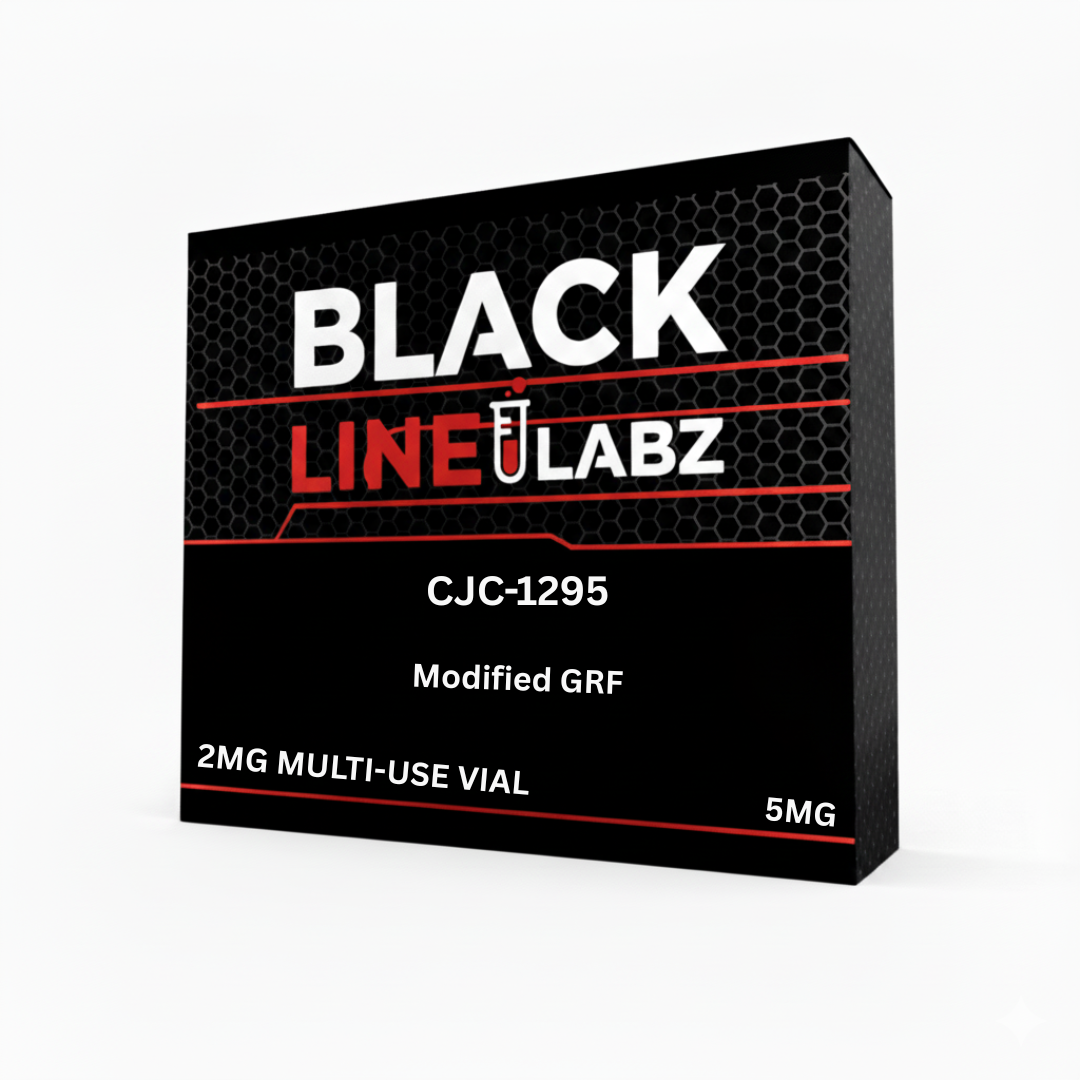

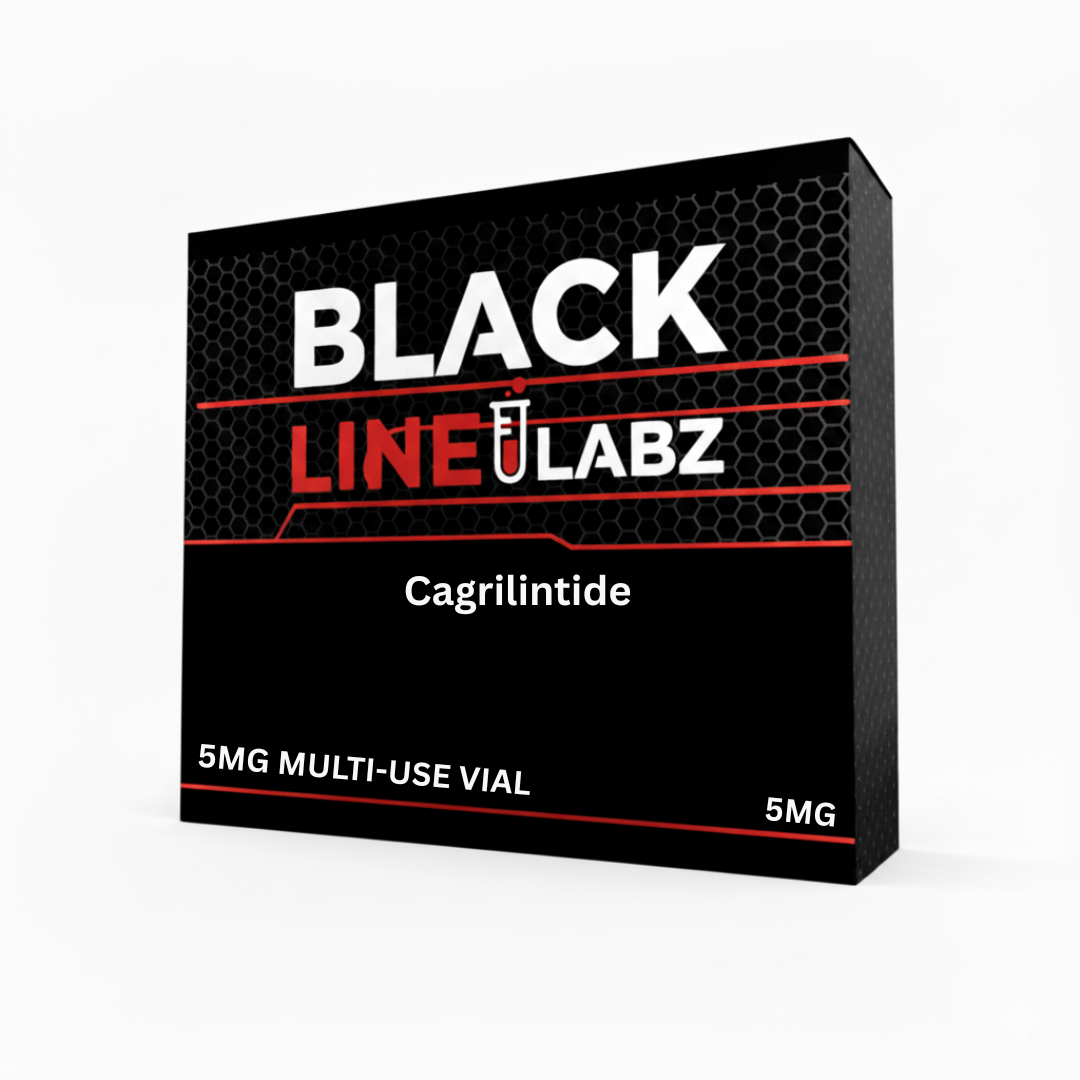

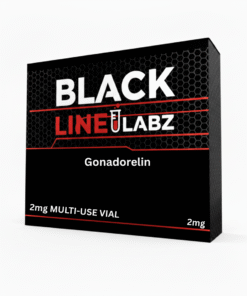
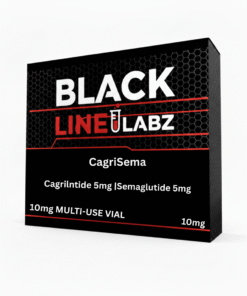
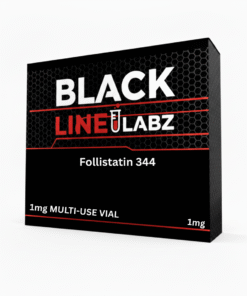
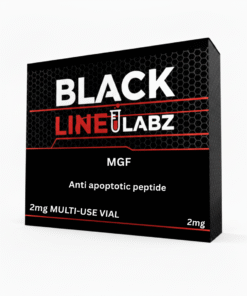
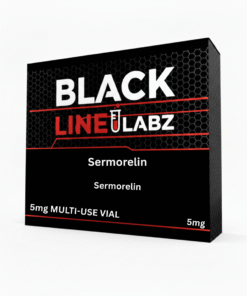
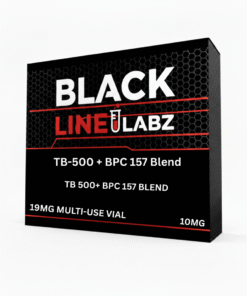
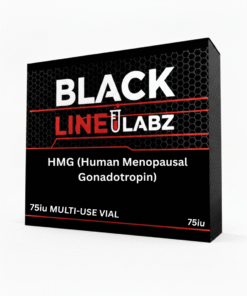
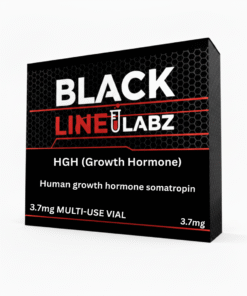
Reviews
There are no reviews yet.